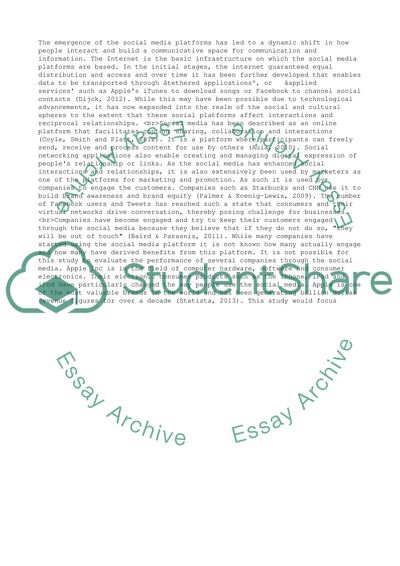Cite this document
(“How has social media influenced Apple market Dissertation”, n.d.)
Retrieved from https://studentshare.org/business/1496318-how-has-social-media-influenced-apple-market
Retrieved from https://studentshare.org/business/1496318-how-has-social-media-influenced-apple-market
(How Has Social Media Influenced Apple Market Dissertation)
https://studentshare.org/business/1496318-how-has-social-media-influenced-apple-market.
https://studentshare.org/business/1496318-how-has-social-media-influenced-apple-market.
“How Has Social Media Influenced Apple Market Dissertation”, n.d. https://studentshare.org/business/1496318-how-has-social-media-influenced-apple-market.


